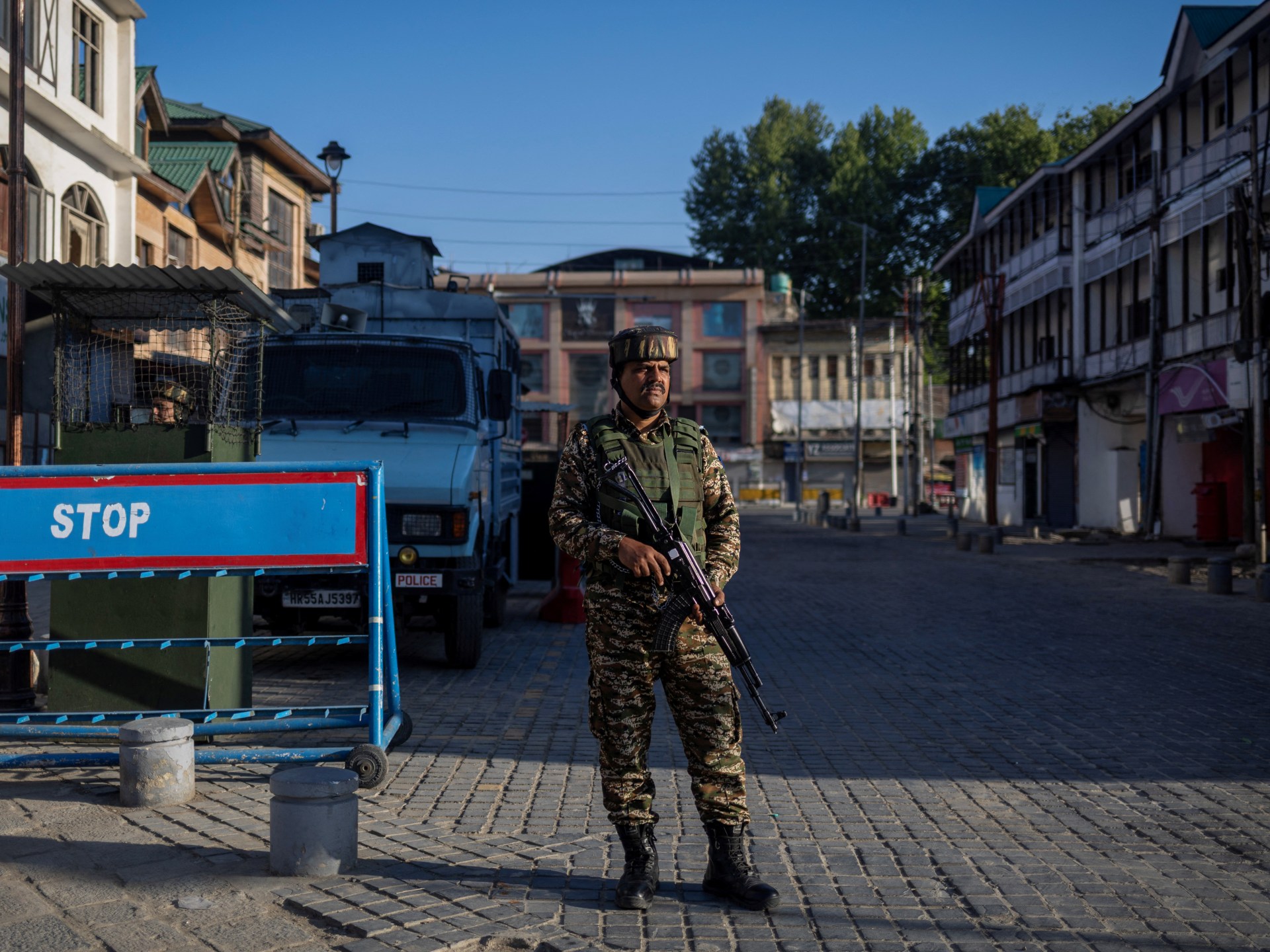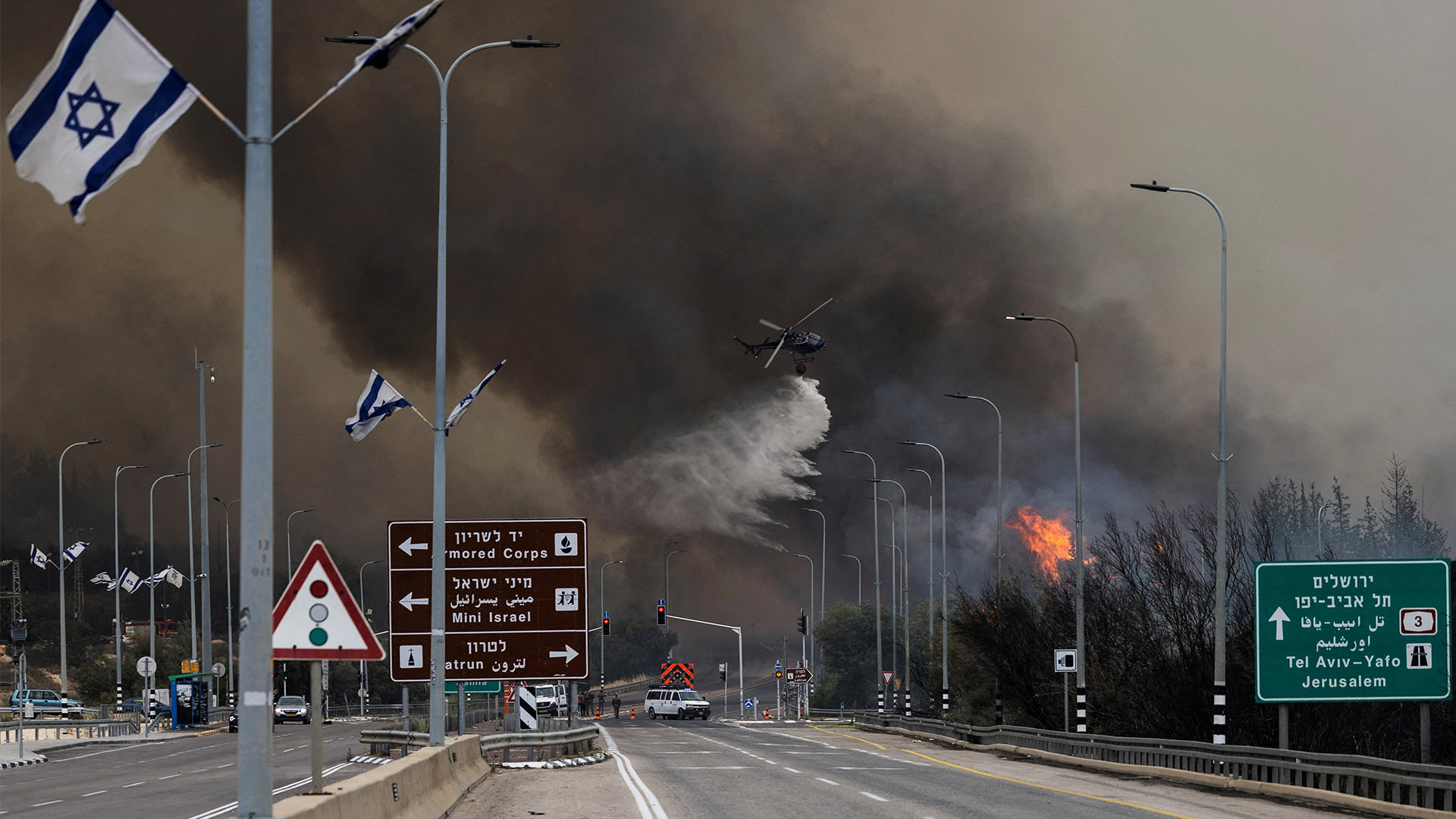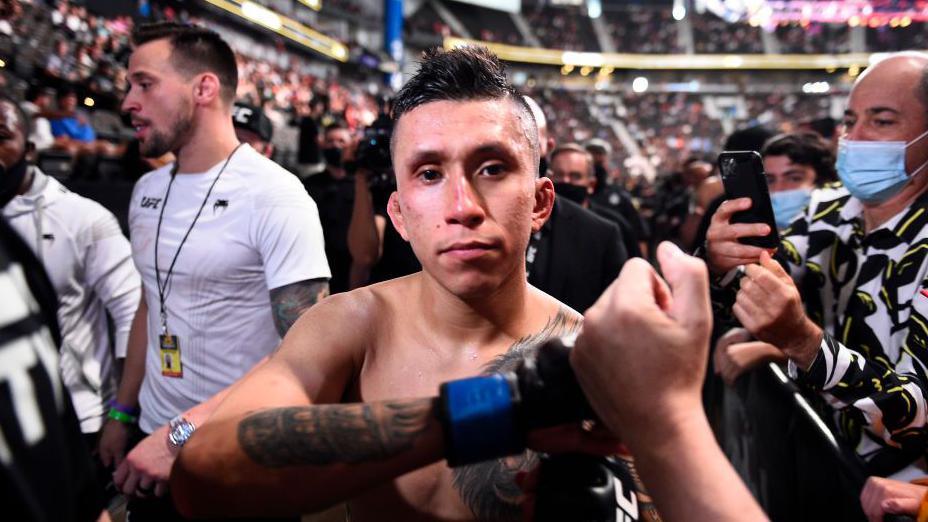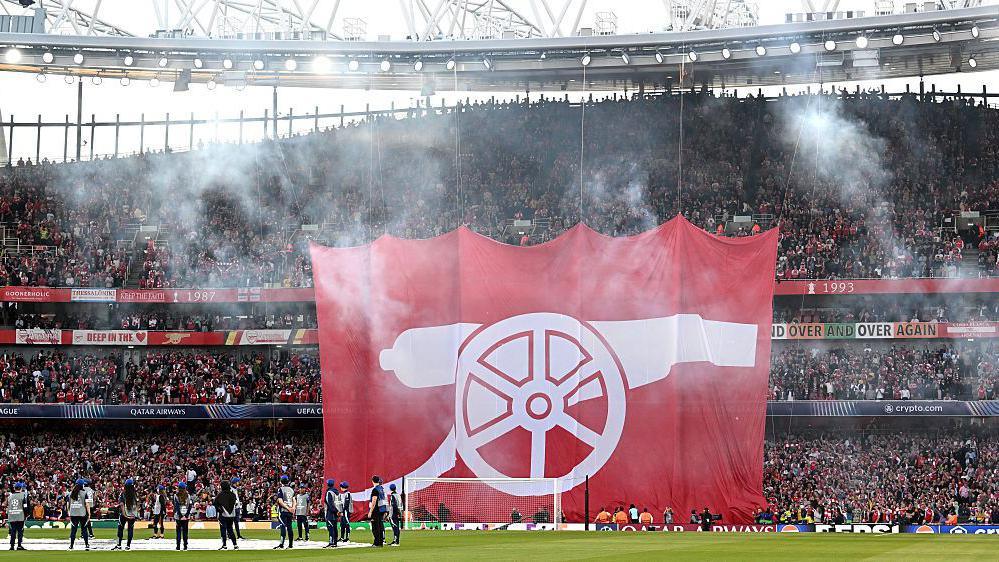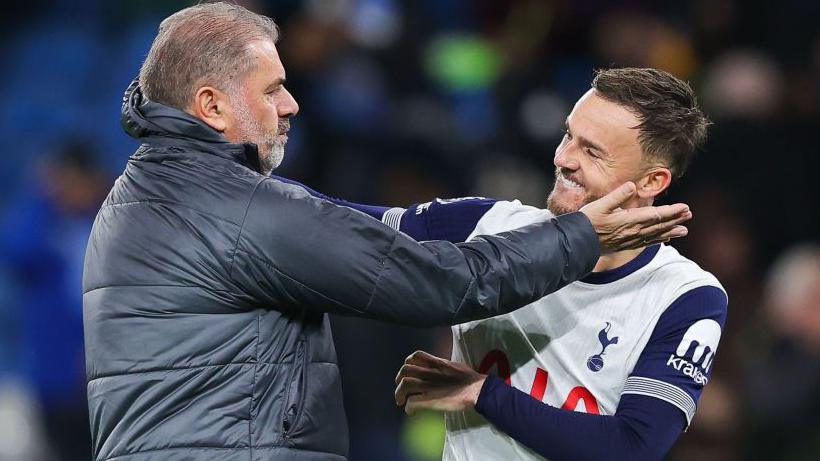Pakistan said on Wednesday that it had “credible intelligence” that India might launch a military strike against it within the next few days.
Meanwhile, Indian Prime Minister Narendra Modi led a series of security meetings on Tuesday and Wednesday, adding to speculation of an impending Indian military operation against its archrival, after the April 22 attack on tourists in Pahalgam in Indian-administered Kashmir in which 26 people were killed.
Since the attack, barely existent relations between the nuclear-armed South Asian neighbours have nosedived further, with the countries scaling back diplomatic engagement, suspending their participation in bilateral treaties and effectively expelling each other’s citizens.
The subcontinent is on edge. But how imminent is an Indian military response to the Pahalgam killings, and what might it look like? Here’s what history tells us:
What happened?
Pakistan’s Information Minister Attaullah Tarar said in a televised statement early on Wednesday that Islamabad had “credible intelligence” that India was planning to take military action against Pakistan in the “next 24 to 36 hours”.
Tarar added that this action would be India’s response on the “pretext of baseless and concocted allegations of involvement” in Pahalgam. While India has alleged Pakistan’s involvement in the Pahalgam attack, Islamabad has denied this claim.
India and Pakistan each administer parts of Kashmir, but both countries claim the territory in full.
Tarar’s statement came a day after Modi gave the Indian military “complete operational freedom” to respond to the Pahalgam attack in a closed-door meeting with the country’s security leaders, multiple news agencies reported, citing anonymous senior government sources.
On Wednesday, Modi chaired a Cabinet Committee on Security meeting, the second such meeting since the Pahalgam attack, state-run Doordarshan television reported.
Meanwhile, as the neighbours continued to exchange gunfire along the Line of Control (LoC) dividing Indian and Pakistan-administered Kashmir, other world leaders stepped up diplomacy to calm tensions.
“We are reaching out to both parties, and telling … them to not escalate the situation,” a United States state department spokesperson told reporters on Tuesday, quoting US Secretary of State Marco Rubio, who is expected to speak to the foreign ministers of India and Pakistan.
Also on Tuesday, the spokesperson for United Nations Secretary-General Antonio Guterres said that he had spoken to Pakistan Prime Minister Shehbaz Sharif and Indian Foreign Minister Subrahmanyam Jaishankar, offering his help in “de-escalation”.
What military action could India take?
While it is unclear what course of action India could take, it has in the past used a range of military tactics. Here are some of them:
Covert military operations
By design, they aren’t announced – and aren’t confirmed. But over the decades, India and Pakistan have each launched multiple covert raids into territory controlled by the other, targeting military posts, killing soldiers – and on occasion beheading the enemy’s troops.
These strikes are often carried out as a retaliatory step by a military unit whose personnel were themselves previously attacked, as a form of retribution.
But such raids are never confirmed: The idea is to send the other country a message but not force it to respond, thereby containing the risk of escalation. Public announcements lead to domestic pressure on governments to hit back.
Publicised ‘surgical strikes’
Sometimes, though, the idea is not to send subtle messages – but to embarrass the other country by making an attack public. It also doesn’t hurt politically.
India has in the past carried out so-called surgical strikes against specific, chosen targets across the LoC – most recently in 2016.
Then, after armed fighters killed 17 Indian soldiers in Uri, Indian-administered Kashmir, special forces of the Indian Army crossed the de facto border to attack “launch pads” from where, New Delhi alleged, “terrorists” were planning to strike India again. “The operations were basically focused to ensure that these terrorists do not succeed in their design of infiltration and carrying out destruction and endangering the lives of citizens of our country,” Lieutenant General Ranbir Singh, then the director-general of military operations for the Indian Army, said in a public statement, revealing the raid.
India claimed that the surgical strike had killed dozens of fighters, though independent analysts believe the toll was likely much lower.
Aerial strikes
In February 2019, a suicide bomber killed 40 Indian paramilitary soldiers in Pulwama in Indian-administered Kashmir, weeks before national elections in the country. This attack was claimed by the Jaish-e-Muhammad, an armed group based in Pakistan.
Amid an outpouring of rage, the Indian Air Force launched an aerial raid into Pakistan-administered Kashmir. India claimed it had struck hideouts of “terrorists” and killed several dozen fighters.
Pakistan insisted that Indian jets only hit a forested region, and did not kill any fighters. Islamabad claimed it scrambled jets that chased Indian planes back across the LoC.
But a day later, Indian and Pakistani fighter jets again engaged in a dogfight – this one ending with Pakistan downing an Indian plane inside territory it controls. An Indian fighter pilot was captured, and returned a few days later.
Attempts at taking over Pakistan-controlled land
Over the past few years, there have been growing calls in India that New Delhi should take back Pakistan-administered Kashmir. That chorus has only sharpened in recent days after the Pahalgam attack, with even leaders of the opposition Congress Party goading the Modi government to take back that territory.
While retaking Pakistan-administered Kashmir remains a policy objective of every Indian government, the closely matched military capabilities of both sides make such an endeavour unlikely.
Still, India has a track record of successfully taking disputed territory from Pakistan.
In 1984, the Indian Army and Indian Air Force launched Operation Meghdoot, in which they rapidly captured the Siachen glacier in the Himalayas, blocking the Pakistan Army from accessing key passes. One of the world’s largest non-polar glaciers, Siachin has since been the planet’s highest battleground, with Indian and Pakistani military outposts positioned against each other.
Naval missions
In the aftermath of the Pahalgam attack, the Indian Navy announced that it had carried out test missile strikes.
“Indian Navy ships undertook successful multiple anti-ship firings to revalidate and demonstrate readiness of platforms, systems and crew for long range precision offensive strike,” the navy said in a statement on April 27.
“Indian Navy stands combat ready, credible and future ready in safeguarding the nation’s maritime interests anytime, anywhere, anyhow.”
Many analysts have suggested that the trials were a show of strength, pointing to the Indian Navy’s ability to strike Pakistani territory if ordered to do so.
A full-blown military conflict
India and Pakistan have gone to war four times in the 78 years of their independent existence. Three of these armed conflicts have been over Kashmir.
Two months after the British colonial government left the subcontinent in August 1947 after carving it up into India and Pakistan, the neighbours fought their first war over Kashmir, then ruled by a king.
Pakistani militias invaded Kashmir to try and take control. The king, Hari Singh, pleaded with India for help. New Delhi agreed, and joined the war against Pakistan, but on the condition that Singh sign an instrument of accession, merging Kashmir with India. The king agreed.
The war finally ended on January 1, 1949, with a ceasefire agreement. India and Pakistan have both held parts of Kashmir since then.
In 1965, a clash between their border forces escalated into a full-blown war. Pakistani forces crossed the ceasefire line into Indian-administered Kashmir, while Indian forces crossed the international border into Pakistan’s Lahore and launched attacks. After thousands of casualties on both sides, a United Nations Security Council resolution helped the neighbours end the war.
In 1971, Pakistan and India were embroiled in an armed conflict over East Pakistan, where Indian forces helped liberate the territory, leading to the establishment of Bangladesh. In 1972, the two countries signed the Simla Agreement, which established the LoC.
